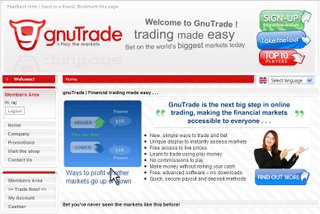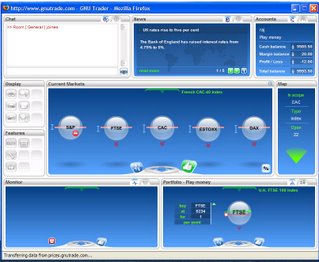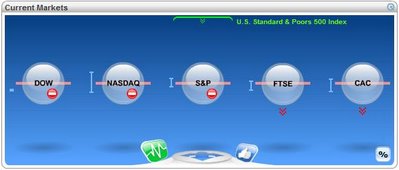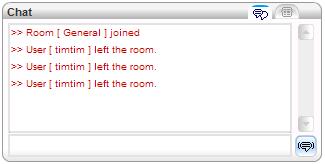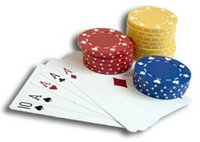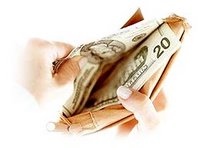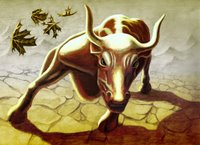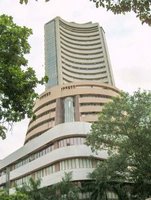
BSE Sensex crossed 13,000 points milestone with FII’s, IT and banking companies bullish performance.
In October FII’s pumped 7,000 crores into the equities. In the last two years, for FII fund managers, the Indian markets have been one of the best performing in their portfolio, bringing them millions in bonuses. But, since the sensex had risen substantially during the same time, they had diversified their portfolio to medium-sized companies after the larger ones became fully valued. In the sudden global meltdown in May, stocks of medium-sized companies fell the hardest even as the Indian markets fell faster than their counterparts in other emerging markets. But in the recent months with the performance of IT and banking companies the FII’s are showing interest to invest in Indian markets.
An analyst with a leading US-based FII says: "Investors kept asking why are we not investing in India which showed promise of growing at 8% for the next couple of years rather than in Japan which was coming out of the woods, or Korea.
Since September 15, 2006, when 30-share BSE Sensex had crossed 12,000 mark, banking and IT stocks have been driving the bull run. While Sensex went up by around 8.4% during this period, the BSE index for banking companies improved by 15.5% and that of IT companies also rose by 12.2%.
However, other sectors like FMCG, health care, auto and public sector undertaking (PSUs) did not perform well. Index of FMCG companies moved marginally up by 0.5% during this period. Because of the flood in various parts of the country and drought in other parts, demand for FMCG products did not pick up in the second quarter. Therefore, investors are apprehensive about performance of FMCG companies.
The share price of Hindustan Lever, which is the leader in the FMCG sector and has 3% weightage in the index, fell by 6% from Rs 243.55 on September 15 to Rs 228.75 on Monday. Similarly, share prices of other companies like Nirma, P&G and Colgate have also come down.
The share prices of banking sector companies were a clear indication that the investors have confidence in the Indian economy. The banking sector could be taken as proxy for the economy. As the general perception in the market is that Indian economy would perform well in the short to medium term, there is a demand for the shares of banking sector companies.
Similarly, companies from IT sector also performed well. This is mainly because of better than expected results from large companies like Infosys, Wipro and TCS. Good results by these companies have made the sector attractive. The Bull Run has also encompassed medium and small cap companies indicating that investors' interest in these companies have come back. Still it has not recovered to the pre May 2006 crash level.
